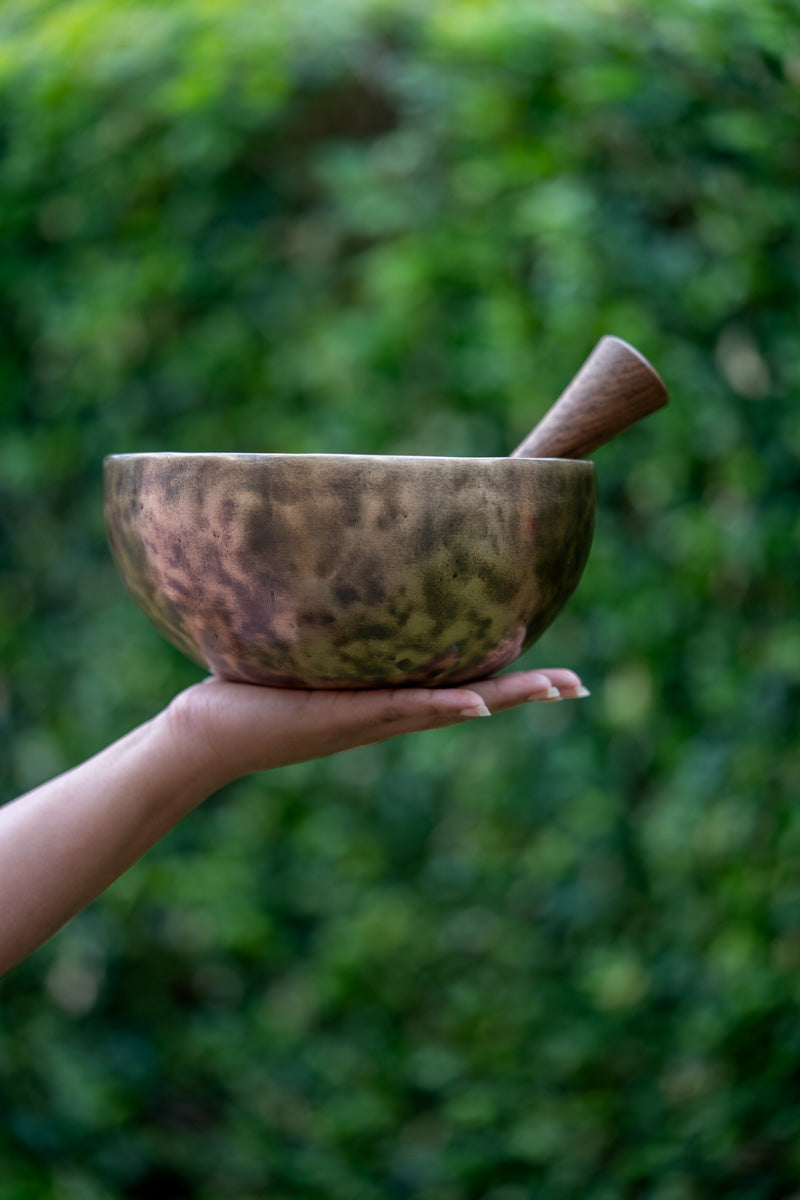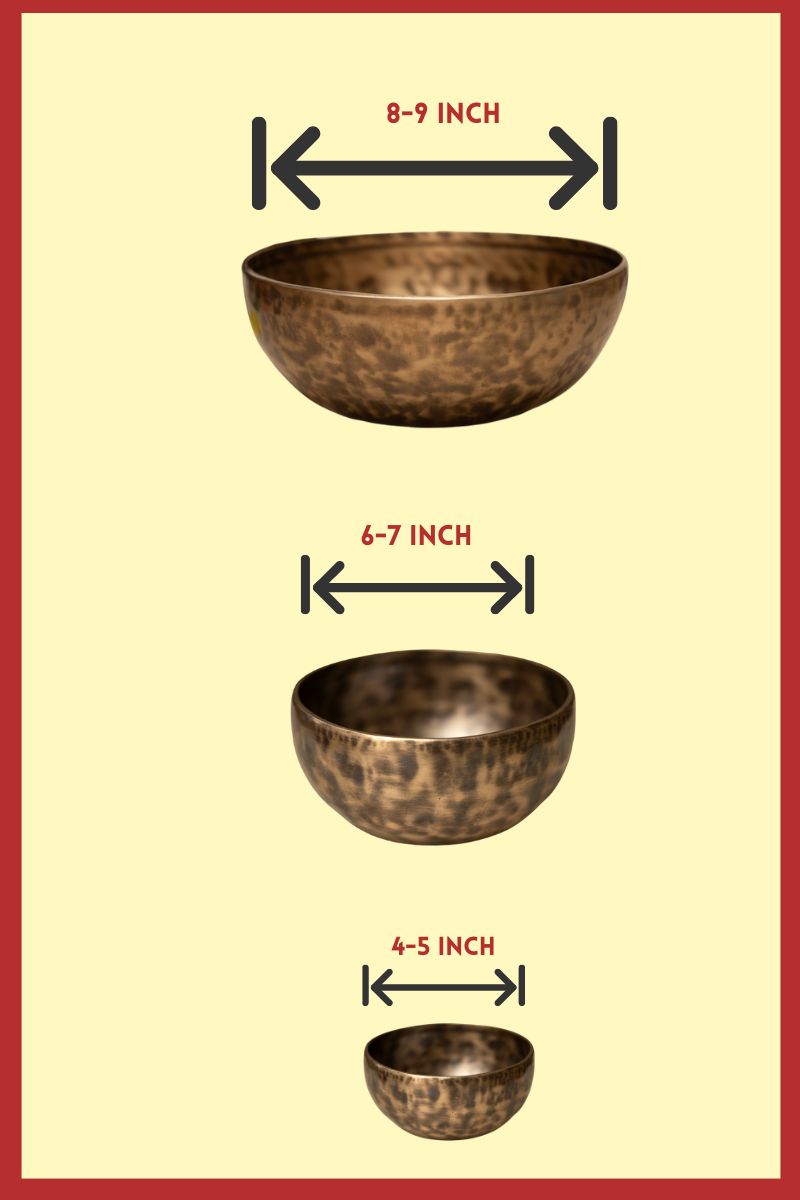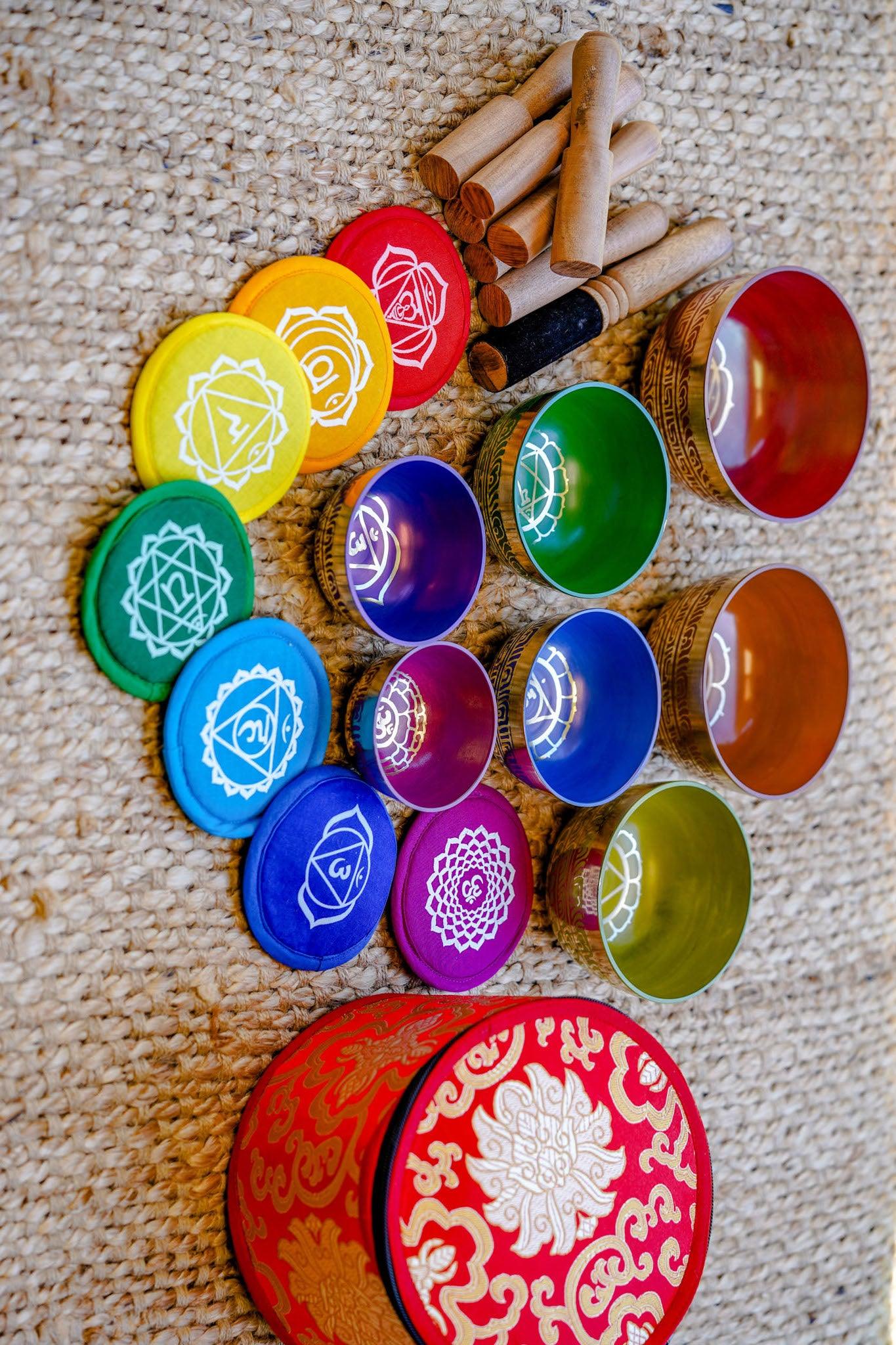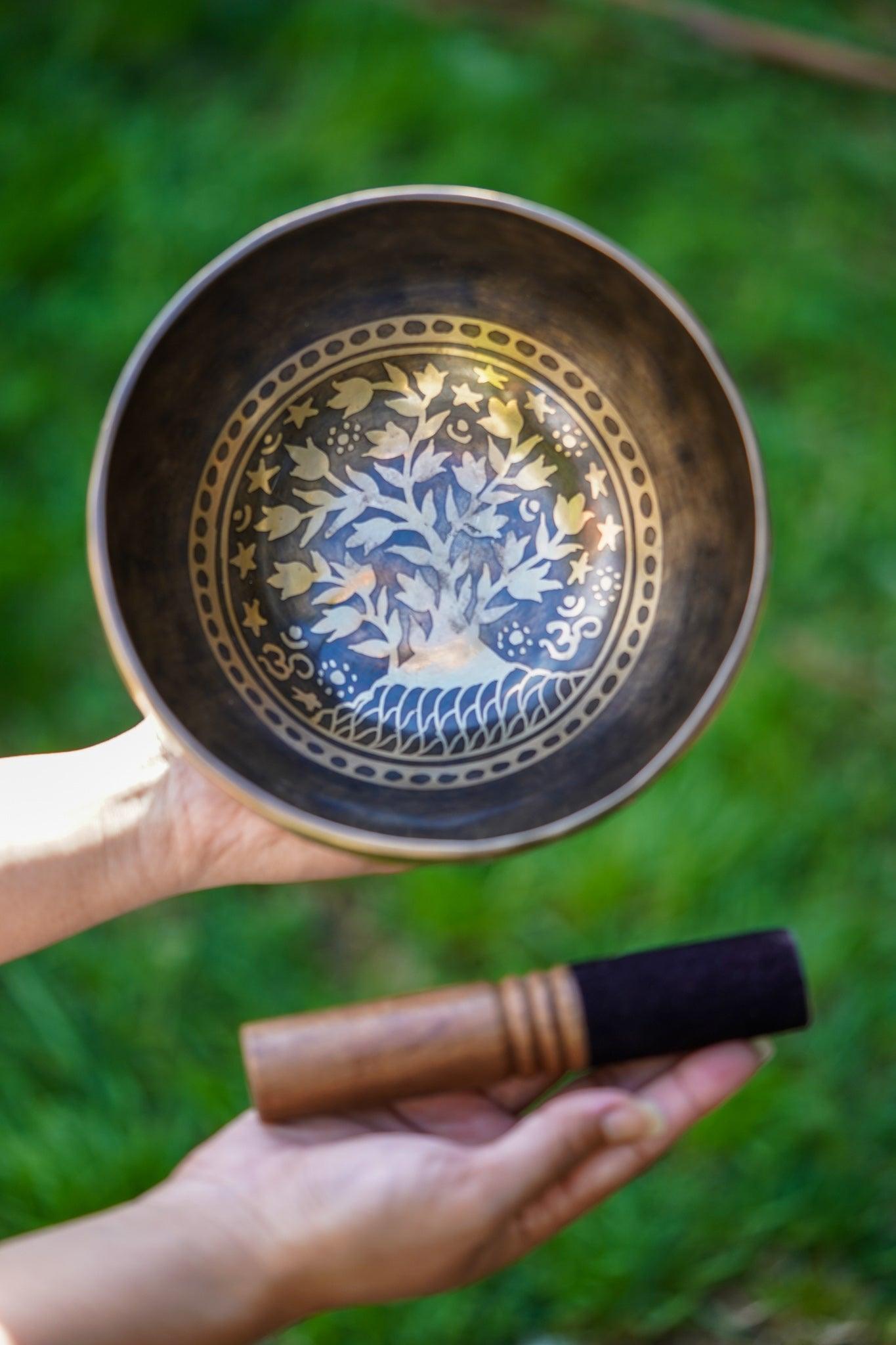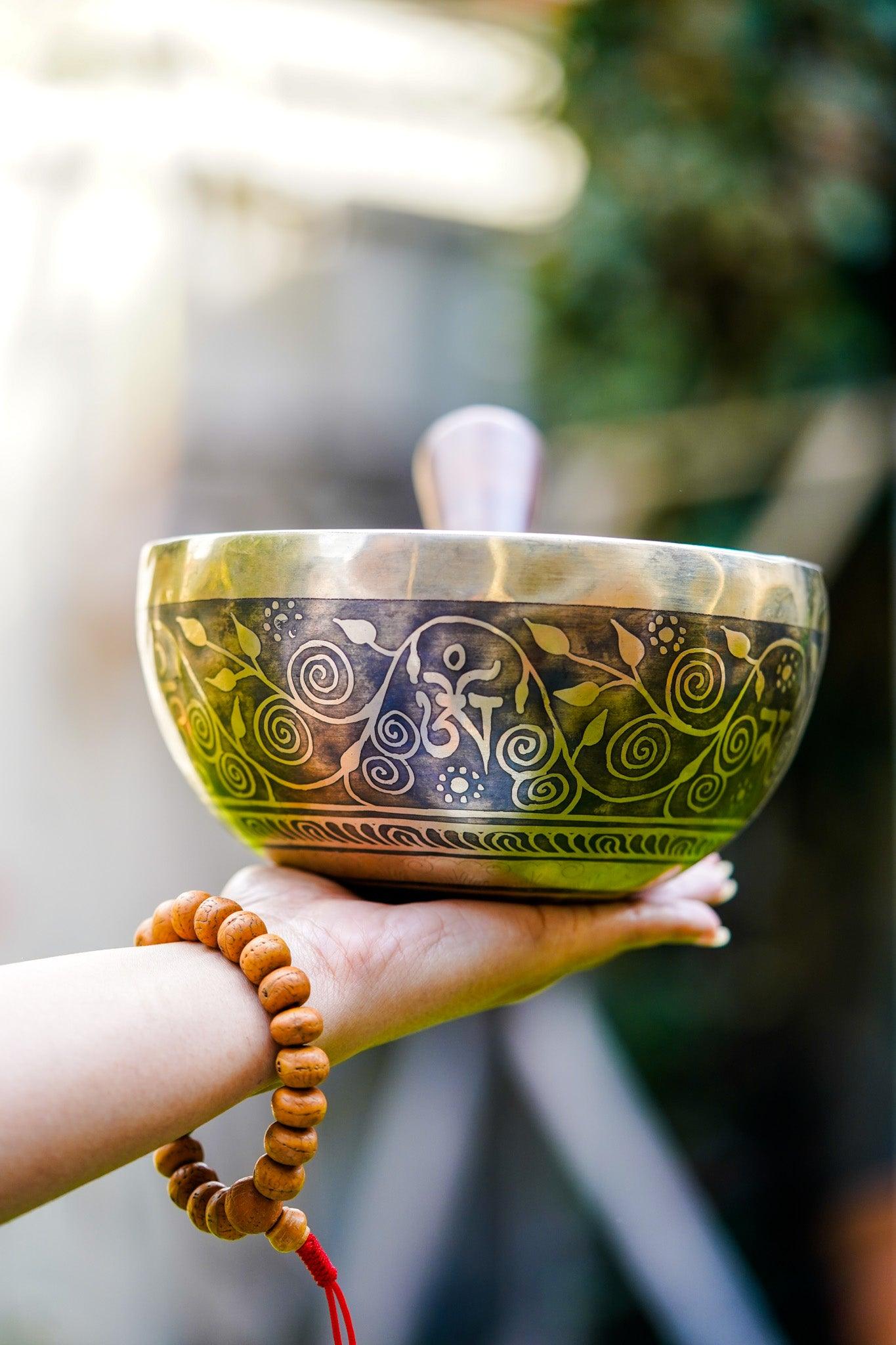Jetsun Milarepa was a Tibetan siddha who was infamous as a teenage murderer before converting to Buddhism and becoming a highly competent Buddhist pupil. He is widely regarded as one of Tibet's most illustrious yogis and spiritual poets, whose teachings are revered by Tibetan Buddhists of various schools. He was a pupil of Marpa Lotsawa and a pivotal figure in the history of Tibetan Buddhism's Kagyu school. He is well known for his ascent of Mount Kailash.

Milarepa was born to a wealthy family in western Tibet, according to The Life of Milarepa. His aunt and uncle robbed his family of their fortune when his father died. Milarepa left home at his mother's request and learned sorcery in order to exact retribution, killing a large number of people.
He later felt regret for his actions and enrolled as a pupil of Marpa the Translator. Marpa subjected Milarepa to abuse and tribulations before teaching him, such as allowing him to build and then demolish three towers in succession. Marpa urged Milarepa to construct one final multi-story structure at Lhodrag, which still exists today. Marpa eventually embraced him, saying that the challenges were a way for Milarepa to purge his negative karma. Milarepa received Tantric initiations and instructions from Marpa, including tummo ("yogic heat"), snyan rgyud (Wylie: snyan rgyud), and mahamudra (Wylie: snyan rgyud). Milarepa was advised by Marpa to pursue solitary meditation in caves and mountain retreats, which, according to the account, led in "a deep experience insight about the true nature of existence" after many years of practice. According to some sources, Milarepa and Marpa both journeyed to India in search of the one most necessary thing for ultimate realization from Marpa's guru, but even he was unaware of it. Later, after many years of effort, he finally achieved enlightenment. Following that, he lived as a completely developed yogi, eventually forgiving his aunt for his family's misery. Milarepa's renowned spiritual poetry is known as The Hundred Thousand Songs.

Teaching
Without traveling to India or receiving direct lessons from an Indian guru, he was born and enlightened in Tibet. Milarepa's life tale depicts "the quick technique of the Tantric path," in which freedom can be attained in a single lifetime. To obtain mahamudra, "spontaneous realization of the most profound nature of mind," Milarepa mastered the generation and completion stages.Milarepa, however, refers to the essential Buddhist teachings of "impermanence, the miseries of sasra, the certainty of death and the uncertainty of its arrival, the horrific rebirth that is the direct outcome of our benighted conduct" in his instructions to his Tibetan audiences. However, his own life demonstrates that even a murderer can become a Buddha.
Students
Milarepa's most famous student was Gampopa. The four major branches of the Kagyu lineage were formed by four of Gampopa's students: Barom Kagyu, Karma Kagyu, Phagdru Kagyu, and Tshalpa Kagyu. The yogi Rechungpa, another of Milarepa's pupils, provided several key transmissions into the Karma Kagyu lineage. Rechungpa, like Gampopa, was a teacher of the 1st Karmapa Dusum Khyenpa (1110-1193). "He is pretending to be a disciple of mine in order to hold my legacy for future sentient beings," Gampopa told his students after meeting Dusum Khyenpa. "In reality, he has already reached the objective of the road."
History

Milarepa lived in Tibet during the so-called second Buddhist spread (10th–12th centuries), when Buddhism was reintroduced. Rinchen Zangpo (958–1055), who translated sutras, tantras, and commentaries; Atia (982–1054), whose student Dromtön founded the Kadam school of Tibetan Buddhism; and Marpa the Translator, the teacher of Milarepa and himself regarded as a student of Naropa, were three pivotal figures in this Tibetan Renaissance. Marpa brought tantric books and oral teachings from the Bengali siddha tradition to Tibet, and Marpa's alleged relationship with Naropa created the Kagyu school's lineage, tracing it all the way back to the Buddha himself.


